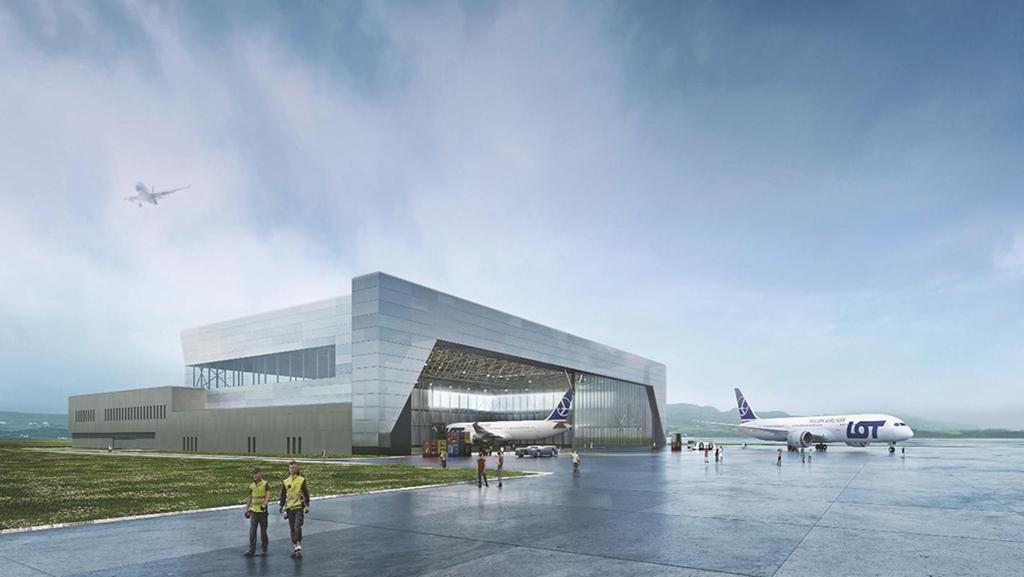
Lotams plans to receive its first heavy maintenance aircraft at its new facility in Rzeszow in the second half of 2025.
Credit: LOTAMS
The commercial aftermarket of Central and Eastern Europe is operating at a steady level, in line with the wider market recovery. Passenger traffic has picked up considerably over the past two years. Even so, the region was heavily affected by Russia’s 2022 full-scale invasion of Ukraine and...
How Poland’s MRO Capacity Constraints Reflect Wider Regional Trends is part of our Aviation Week & Space Technology - Inside MRO and AWIN subscriptions.
Subscribe now to read this content, plus receive full coverage of what's next in technology from the experts trusted by the commercial aircraft MRO community.
Already a subscriber to AWST or an AWIN customer? Log in with your existing email and password.





